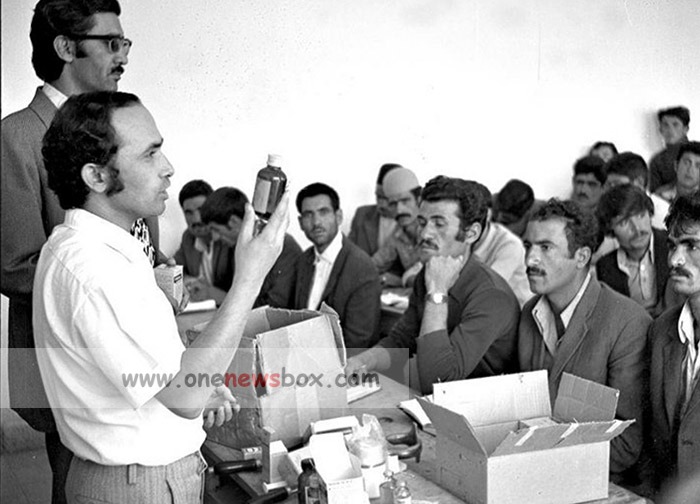One of the most controversial aspects of the White Revolution was the granting of voting rights to women. This move was perceived as a direct attack on religious traditions and further radicalized opposition groups. A CIA report from the period noted that while the Shah had achieved economic and social advancements, his policies were increasingly met with discontent. The report described him as an “isolated” ruler who was detached from the realities on the ground, surrounded by a court environment that failed to provide him with honest feedback.
In addition to domestic opposition, the Shah also faced external threats. On April 1, 1965, an assassination attempt was made on his life by a conscript named Reza Shamsabadi on the steps of the Marble Palace. However, the attempt failed, and the Shah survived unharmed. This incident further cemented his belief that internal and external enemies were conspiring against his rule.
Iran’s economic growth accelerated during the late 1960s and early 1970s, particularly due to the rise in global oil prices. The Arab-Israeli War of 1973 and the subsequent Arab oil embargo resulted in skyrocketing oil revenues for Iran. The Shah refused to join the embargo, allowing Iran to surpass Saudi Arabia as the largest oil producer in the Middle East by 1970. These developments significantly boosted Iran’s economic standing, but they also contributed to inflation and an increasing gap between the rich and poor.

